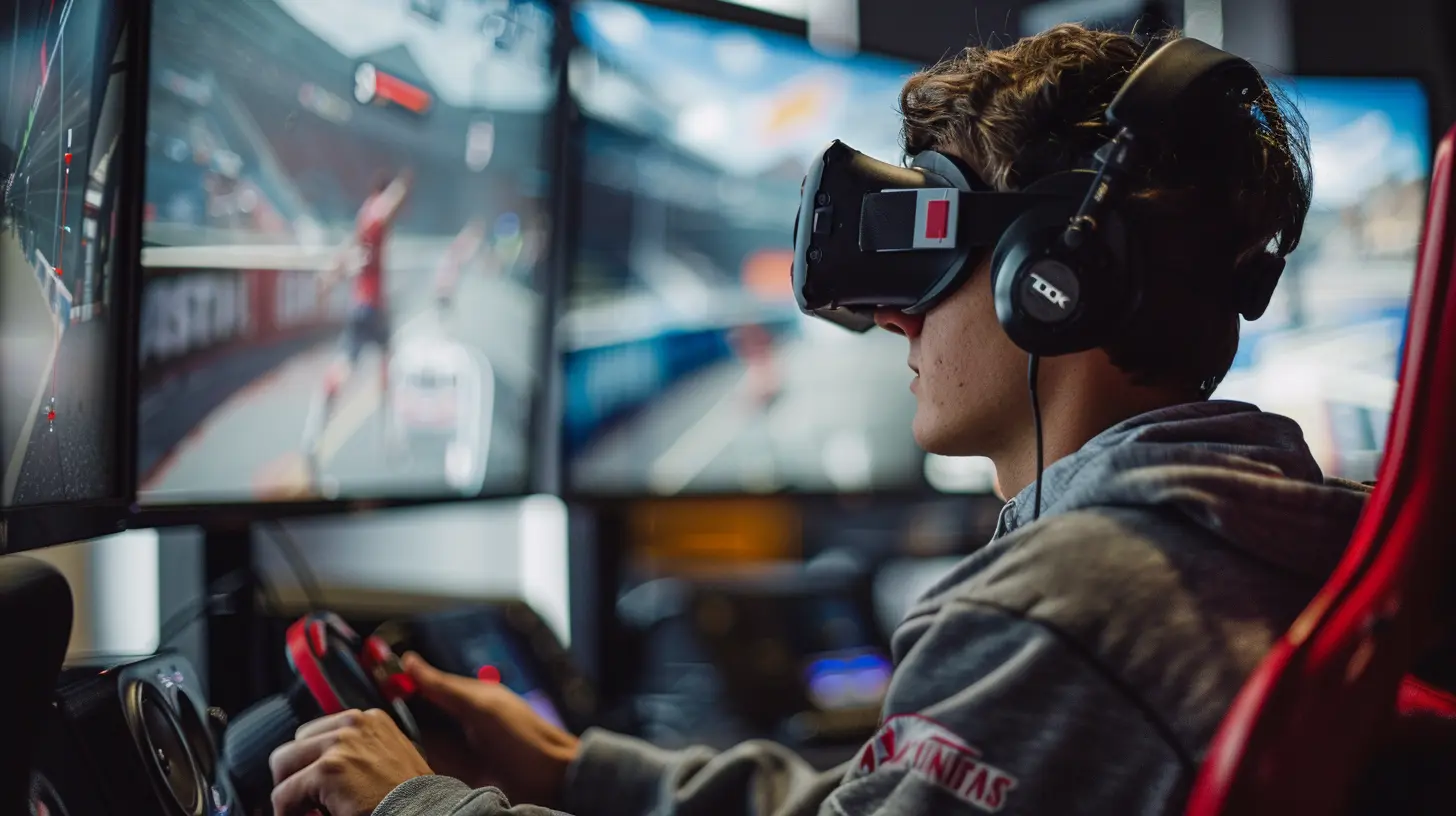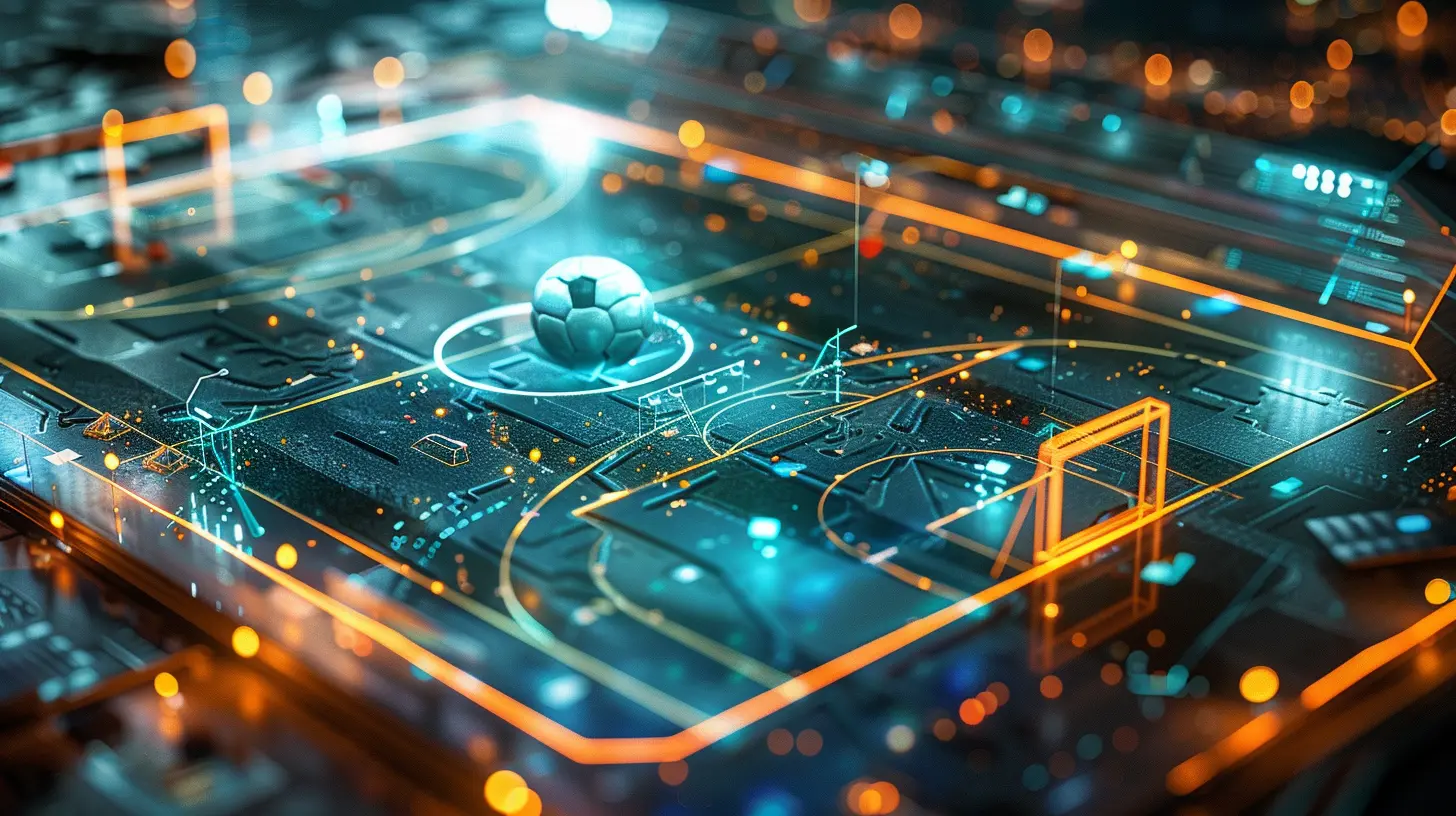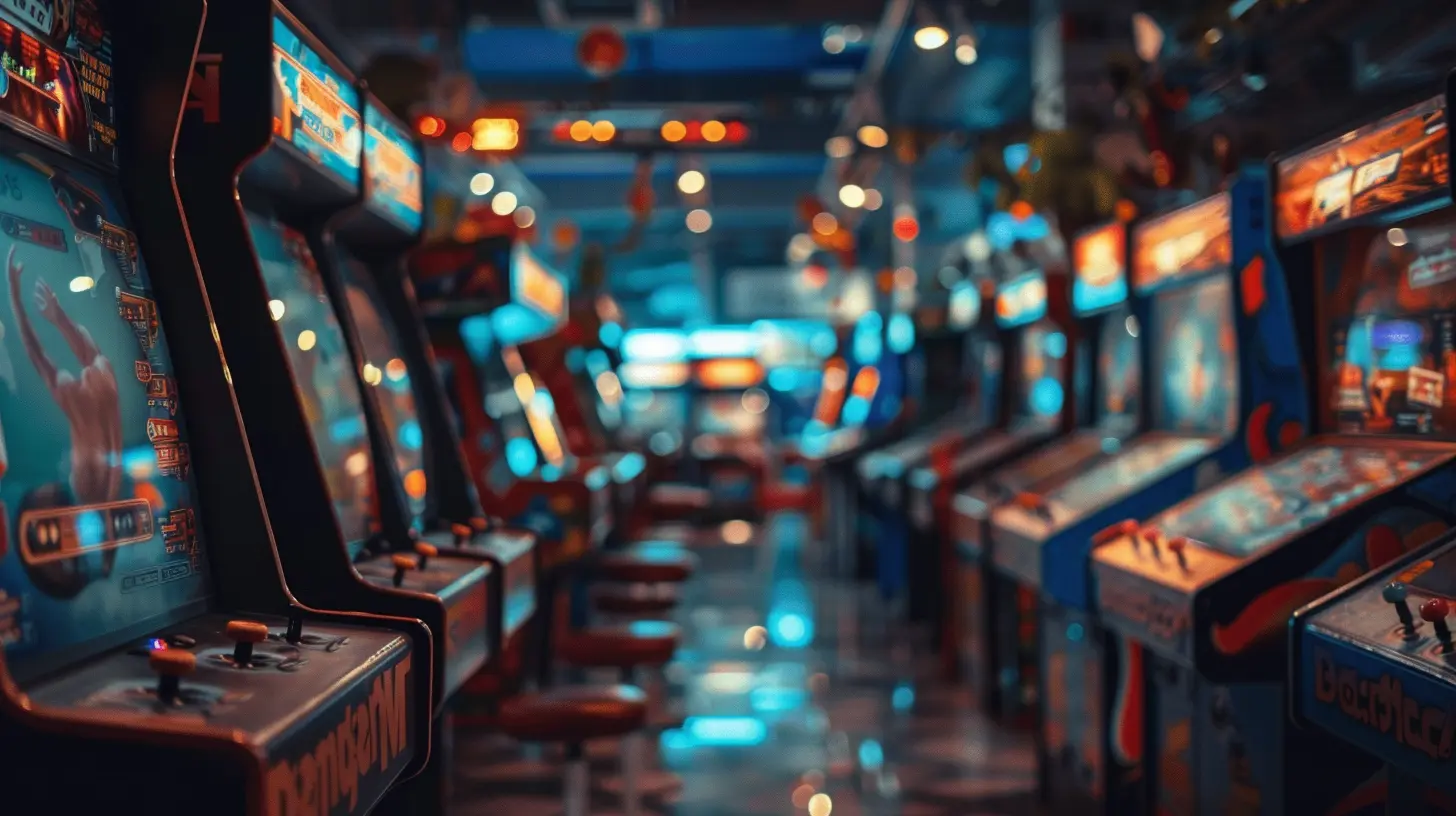The Intersection of Strategy and Skill in Sports Simulators
30 June 2025
Let’s be real—sports simulators today are light-years ahead of what they used to be. Gone are the days when button-mashing and guesswork could win you the game. Now, you're not just playing a game; you're thinking like a coach, reacting like an athlete, and planning like a chess grandmaster.
Welcome to the fascinating intersection of strategy and skill in sports simulators, where your brain and reflexes go toe-to-toe in every match, race, or round.

What Are Sports Simulators, Really?
Before we dive into the meat of it, let’s lay the groundwork. Sports simulators are games that aim to replicate real-world sports as accurately as possible. Think FIFA, NBA 2K, Madden NFL, MLB The Show, and yes, even racing legends like F1 and Gran Turismo.They blend real-world mechanics, physics, and tactics with a digital environment—giving us a taste of what it’s like to be a pro, minus the sore muscles.
Unlike arcade-style sports games that prioritize fast action and over-the-top animations, simulators are about precision and realism. You can’t just sprint with the ball and hope for the best. You need a strategy, timing, and finesse.

Strategy vs. Skill: What's the Difference?
Let’s break it down.- Strategy = Your mental game. It’s your game plan, your understanding of the sport’s rules, tactics, and nuances. It answers questions like "Where should my players be?" or "When should I pit in this F1 race?"
- Skill = Your execution. This is your ability to time a pass, shoot accurately, or react instantly when things go off-script. Your thumbs do the talking here, but your brain always stays at the table.
You can be the most skilled player with godlike reflexes, but without a solid strategy, you’ll crumble against a well-prepared opponent. On the flip side, all the tactics in the world won’t help if you can’t stick the landing.
Sports simulators force you to bring both to the battlefield.

How Strategy Shapes the Game
Let’s start with the cerebral side of things.1. Game Plans and Formations
In FIFA, choosing your formation isn't just about filling the pitch—it's about dictating playstyle. Are you parking the bus or going full throttle attack? Your lineup says a lot about what you're trying to achieve.You’ve got to analyze your opponent too. Are they playing wide? Pressing high? You’ve got to adapt—tweak formations, make substitutions, and maybe even change tactics at halftime. That’s in-game coaching, my friend.
2. Economic Management
Ever tried managing a career in NBA 2K’s MyGM mode? You’re handling budgets, contracts, trades, and morale. It’s like running a Fortune 500 company… only your employees wear jerseys.Every decision has ripple effects. Trade away your best scorer to free up cap space, and your chemistry might tank. Go too hard on ticket prices, and fans might stay home.
3. Race Strategy in Sim Racing
Let’s talk about the high-octane world of racing sims like iRacing or F1 23. You’re not just driving — you’re managing tire wear, fuel loads, pit strategies, and weather conditions. Going for soft tires in changing weather is a gamble. It’s like poker at 200 mph.Reading the track, understanding when to attack, and when to conserve — that’s what separates a mid-pack driver from a podium finisher.

Where Skill Steals the Spotlight
Now let’s not forget the hands-on, controller-gripping side of things.1. Timing is Everything
Skill is where the magic happens in a split second. Press ‘shoot’ a fraction too early in FIFA and your shot flies into the stands. Hit a corner too fast in Gran Turismo and you’re spinning out like a rookie.Getting good means muscle memory, spatial awareness, and countless hours of practice. It’s the same grind athletes go through—just without the sweat and injuries.
2. Precision and Control
Ever played MLB The Show and tried to hit a 99 mph fastball? That’s serious coordination. Same with NBA 2K’s shot meter—release it wrong by just a sliver, and you brick it.These simulators demand finesse. Jumpshots, passes, dribbles, tackles—they’re all tuned to demand perfect execution. There’s no room for casual button mashing here.
3. Reaction Time
Fast breaks in basketball. Counterattacks in football. Sudden overtakes on a racetrack. In these moments, instinct and reflexes take the wheel.You don't get time to think. You just react. That’s pure skill—muscle memory meets adrenaline. The more you play, the sharper you get.
Blending the Two: Where Strategy Meets Skill
This is where the magic of sports simulators really shines.Let’s picture a heated match in FIFA. You’re down 1-0. You switch to a 4-2-4 formation (strategy), anticipate your opponent's next move, intercept the pass (skill), sprint down the wing, do a quick skill move, and cross it into the box. Your striker times the header perfectly—boom, equalizer (both skill and strategy working side by side).
See how it’s all connected?
Or take an F1 sim race. You’ve planned a two-stop strategy (strategy), but mid-race, a safety car comes out. You instantly react and pit early (skill + smart adaptation). The race restarts, you hold position with precision (skill), then make an undercut later (more strategy). That’s how champions are made—on the track and in the mind.
The Psychological Game: Reading Opponents
There’s another layer too—mind games.In online competitive play, reading your opponent becomes your secret weapon. You start spotting patterns. Maybe your opponent always goes left during penalties or always throws the same punch combo in UFC 4.
Once you “get into their head,” you can dismantle their strategy while executing yours flawlessly.
It’s like high-level poker—but instead of cards, you’ve got gamepads and consoles.
Esports and Competitive Play
Let’s not ignore how esports has changed the game.Pro players in FIFA or NBA 2K don’t just have fast fingers—they’ve got footballing or basketball IQs that rival real coaches. They watch tape, study formations, and relentlessly practice mechanics.
In Gran Turismo esports, racers are literally being recruited by real racing teams for their strategic brilliance and technical skill.
So yeah, this stuff isn’t just “playing video games.” It’s becoming a digital athlete.
The Evolution of AI and Tactical Depth
One more reason why strategy and skill are both crucial? The AI.In most modern sports sims, AI isn’t dumb anymore. It adapts.
In FIFA, AI players will close down passing lanes and exploit your weaknesses. In NBA 2K, they’ll start double-teaming your hot hand. You can’t brute-force your way to a win anymore. You’ve gotta outsmart and outplay.
Developers are constantly upping their game too—adding layers of realism that force us to think before we act, or sometimes, act before we can even think.
How to Improve Both Aspects
So, how do you get better at combining strategy and skill?- Watch and Learn: Plenty of pros stream their games. Watch how they think and play.
- Practice Smart: Don’t just grind games. Focus on specific areas—passing, positioning, or racecraft.
- Analyze Your Play: Use game replays to understand what went wrong or right. Was it poor execution or a flawed plan?
- Play Different Modes: Manager modes improve strategy. Online PvP hones your skill.
- Stay Updated: Games evolve. Patches change mechanics. Keep learning.
Final Thoughts
The beauty of sports simulators is they’re not just about who can push buttons faster. They’re about who thinks better, reacts quicker, and adapts smarter.It’s a dance—a synchronized routine between your brain and your hands. Every match, pass, pitstop, and penalty is your chance to show off not just what you’ve practiced, but what you’ve planned.
When strategy and skill collide, that’s when the magic happens. That’s when a game becomes more than just a game—it becomes sport.
So the next time you boot up your favorite sports sim, don’t just play. Think. Plan. React. Execute. Bring both your A-games—the brain and the thumbs—and own that intersection where champions are made.
all images in this post were generated using AI tools
Category:
Sports GamesAuthor:

Leandro Banks
Discussion
rate this article
2 comments
Miranda McMaster
Great insights! Balancing strategy and skill enhances realism in sports simulators significantly.
September 5, 2025 at 4:57 PM

Leandro Banks
Thank you! I'm glad you found the insights valuable. Balancing strategy and skill truly does elevate the gaming experience!
Mia McLaury
This article brilliantly highlights how sports simulators balance strategy and skill. It’s fascinating to see how players must not only master gameplay mechanics but also outthink opponents. This duality adds depth and keeps the experience engaging. Excited to see how future titles elevate this blend even further!
July 9, 2025 at 2:19 PM

Leandro Banks
Thank you for your thoughtful comment! I'm glad you enjoyed the article and share the excitement for future developments in sports simulators.


